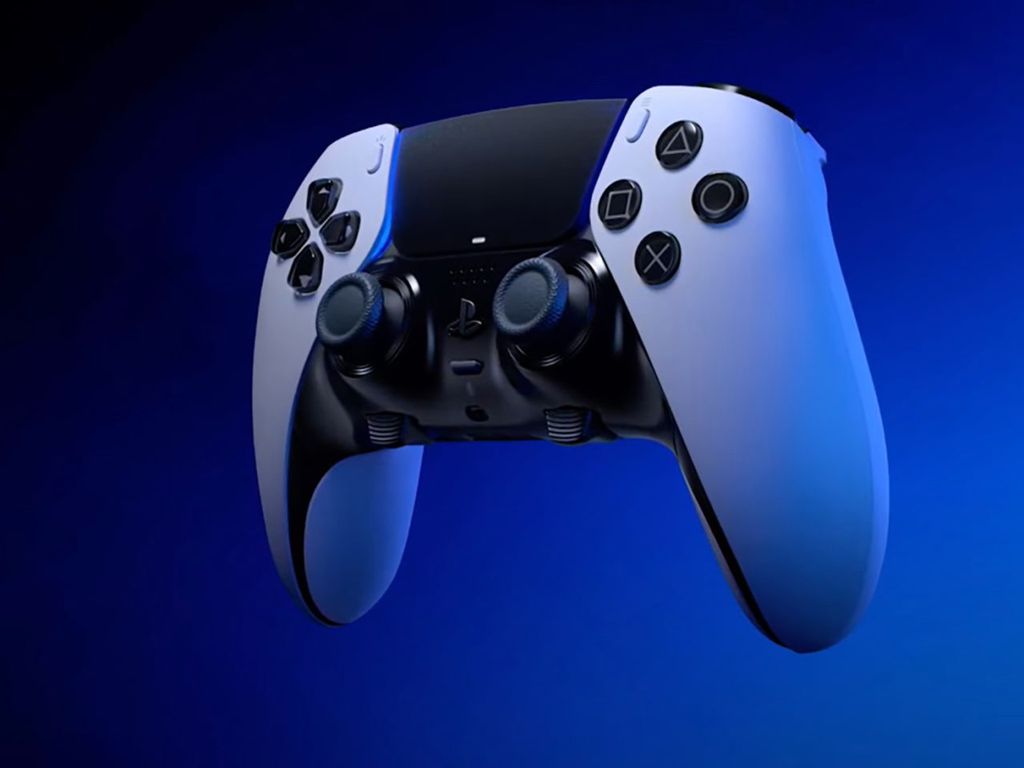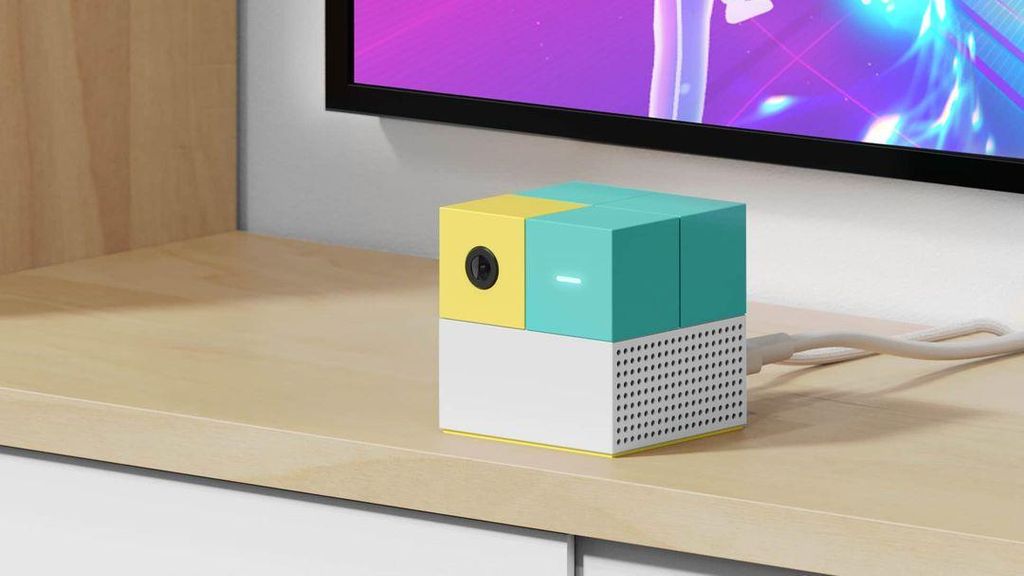
The new iPad Pro with the M5 chip is coming this autumn. It seems like a classic: a more powerful processor, a thinner display, a new system. But this time… it could be different. For the first time in years, everything suggests that Apple has not only added more power — but finally knows what to do with it.
There was too much power. Now there will be a reason to have it
For an entire decade, iPads Pro had the same problem: powerful hardware and a system that couldn't keep up. Apple put chips from MacBooks, like the M1 or M4, into the tablets, and we still found ourselves stuck on apps in fullscreen mode, without proper multitasking, without that desktop feeling.
The M4? It debuted first in the iPad and… nothing came of it. And although Apple's tablets outperformed the competition in benchmarks, in everyday use they looked like an oversized iPhone.
iPadOS 26 is finally set to make a real difference
With iPadOS 26, Apple is doing something we have been waiting for years: it begins to treat the iPad Pro as a genuine work tool, rather than just for browsing PDFs and editing photos in LumaFusion.
What’s changing? Above all:
a new windowing system (at last!)
backgrounds and Live Activities like in iOS
menu bar like in macOS
improved file system
advanced audio tools
and much more, turning the iPad into something between a MacBook and an iPhone — finally making sense
M5 might make sense — even if it looks like “just another upgrade”
Sure, the physically new iPad Pro with M5 may not differ much from its predecessor. But for the first time the system is catching up with the hardware. And that makes a difference.
I myself am planning to upgrade from M4 to M5 precisely because of iPadOS 26.
Not for the gigahertz. For the features that will finally allow us to squeeze more out of this device than just notes with the Apple Pencil. Is the new iPad Pro with M5 finally the moment when the iPad stops being “wasted potential”? Quite possibly.
 Katarzyna Petru
Katarzyna Petru













